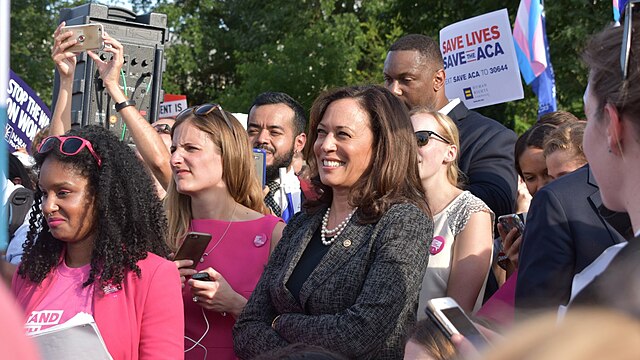Equality. Community. Integrity. Those are just some of the Quaker values that Guilford lives by. Given those values, how could we still have a gender wage gap?
This isn’t purely a Guilford issue. Today, for every dollar a man makes in the U.S., a woman makes 81 cents.
At Guilford, the problem persists despite the administration making gender equality a priority.
“It’s not because we haven’t tried,” said Professor of History and Vice President for Academic Affairs and Academic Dean Adrienne Israel. “I made gender equity my priority as far as salaries were concerned.”
At St. Mary’s College in Maryland, the hope is that a new plan can close that gap, a plan that Guilford should implement.
“We propose to institute a benchmark salary for the lowest paid … employees to be set at $29,976,” says the proposal. “Other salaries would be subject to minimum and maximum pay levels.”
This way, the college can ensure equal payment for all genders.
“Nobody wins unless everybody wins,” said Professor and Chair of the English Department at St. Mary’s Ben Click on the St. Mary’s Wages website. “That’s the St. Mary’s way, and this proposal embodies it.”
As a college that values equality for all, one would be shocked to find the proposal ill received at Guilford, but that seems to be the case.
“They’re going to have a riot on their hands if they (cut pay),” said Associate Professor of Accounting Garland Granger. “Nobody can afford a cut in pay.”
It hasn’t always been this way.
“When I was hired by the college in 2007, the average salary of women faculty was a little higher than the average salary for male faculty,” said Chair and Professor of Justice & Policy Studies Sherry Giles. “The college had worked hard to accomplish that. (Now,) the average salary for women faculty currently is lower than the average salary for men. I don’t know how this change came about, but it is troubling.”
Unless those making the most money agree, it is unlikely that we will be able to implement St. Mary’s plan.
“The administration would not do that without bringing it to the faculty for consensus,” said Associate Professor of Philosophy Lisa McLeod. “I don’t think the higher-paid faculty would consent to that.”
But with the consensus process comes conversation.
“Once you reach people interpersonally, they can (change),” said senior and community and justice studies major Noelle Lane. “It’s important to sit down with individuals on a personal level.”
We also need to look at what each staff member does individually.
“Just cutting men’s pay and increasing women’s (isn’t realistic),” said senior and women, gender and sexuality studies major Hali Khols. “If we looked at everybody’s resumes and the responses they were getting in evaluations, we would be able to discern a fair way of payment.”
Getting Guilfordians — whether students, faculty or staff — involved is the first step.
“(We need to) make people aware that the gap exists here,” said Lane. “Everybody thinks that it’s somewhere else. It needs to be addressed.”
Through this, we could eliminate the denial that permeates the administration.
“A lot of the administrators have been clear that they are not choosing to pay women less than men, but there are a number of institutional factors that (are pushing) us in that direction,” said McLeod.
In order to do this, we need to work on one thing Guilford has struggled with in the past.
“It would take a lot of transparency,” said Khols. “With (that), I would hope that we can reach a consensus.”
There is also more that the administration can do to prevent decreasing men’s salaries too much.
“The college can set aside funds to draw on to increase the salaries of women whose compensation level is below the average for employees in the relevant category of employment,” said Giles.
At St. Mary’s the plan is already in motion without any problems. Why would Guilford have any?
“Senior administrators from other schools will undoubtedly ask our (administration) why they would accept salaries below those of our peer institutions,” said St. Mary’s Associate Professor of Mathematics Sandy Ganzell on the St. Mary’s
Wage Gap Website. “I look forward to hearing their answer: ‘Because it’s the St. Mary’s Way.’”
Like St. Mary’s, Guilford claims to value community above salary. It’s time we put our talk into action and fix our gender wage gap.
“Trying things out to overcome systems of oppression is important,” said Chair and Visiting Assistant Professor of Peace & Conflict Studies Jeremy Rinker. “Whether or not it would work at Guilford is unknown, but it’s something we should certainly try.”
[photomosaic nggid=230]













Scott Mirabile • Nov 3, 2014 at 11:08 am
It’s exciting to see other colleges pursuing fair wages for employees; but it is worth noting that the St. Mary’s Wages plan has not been implemented at St. Mary’s College of Maryland. The http://stmaryswages.org/ website describes the history and progress of the movement; much more work is still required before anything resembling the plan is adopted.